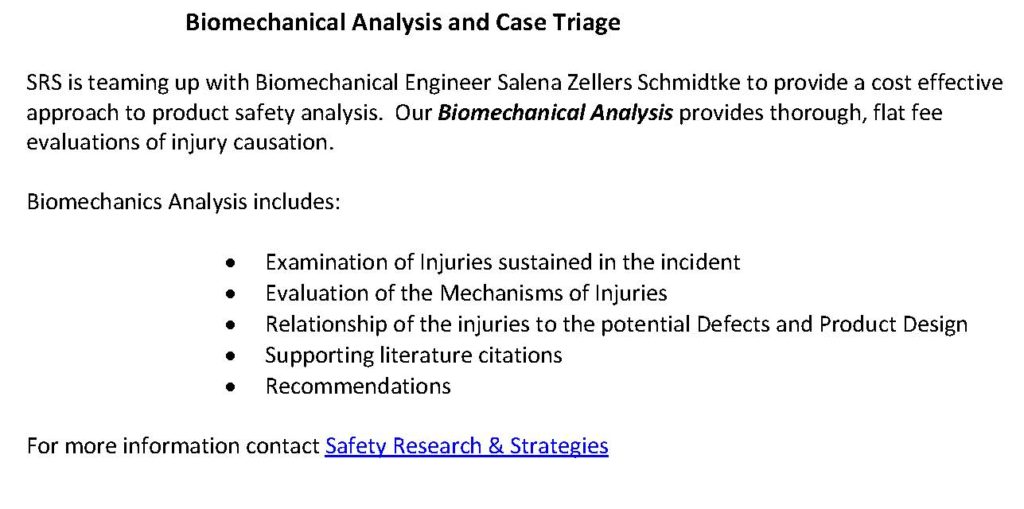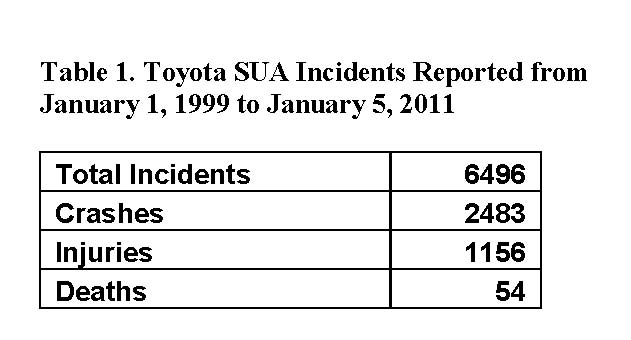Someone should have seen this one coming.
In November, a New York woman filed a lawsuit against Toyota, claiming that its keyless entry system resulted in the death of one man and her own debilitating injuries. How did it happen? Carbon monoxide poisoning from her Lexus, inadvertently left running in the garage under her home. Mary Rivera, of Queens, New York alleged that her so-called Smart Key, an electronic fob system, allowed her to exit the vehicle without it being turned off. The engine was so quiet Rivera didn’t notice that the motor was still running.
Just another one of those crazy lawsuits where some consumer does something really dumb and tries to blame the hapless manufacturer, right? More fodder for all those conservative blatherskites who love to dump on trial lawyers, right?
Actually, no. This preventable tragedy is the inevitable consequence of bad design and a NHTSA’s interpretation of the rules. Continue reading


